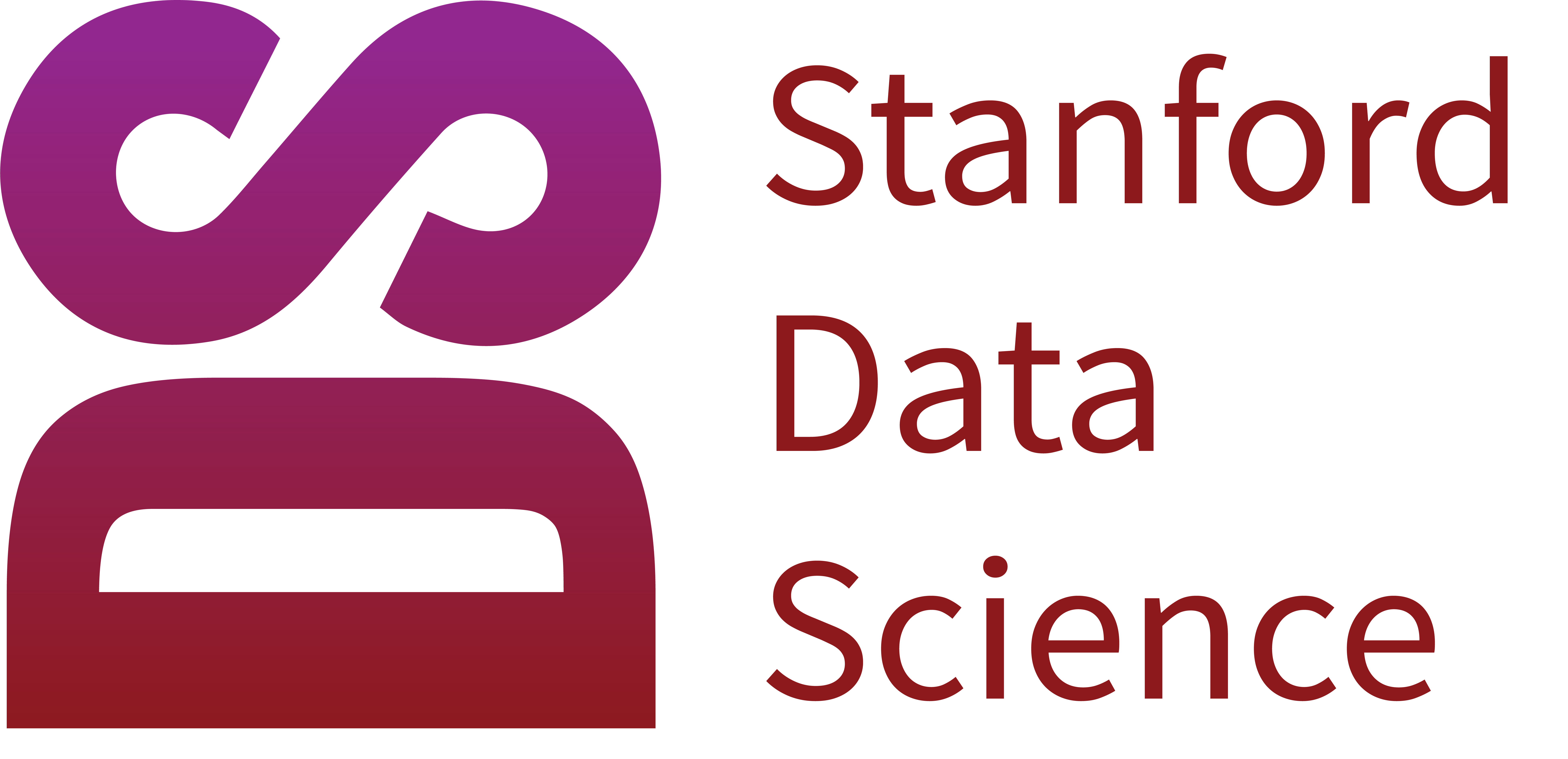
The Conference on Parsimony and Learning (CPAL) is an annual research conference focused on addressing the parsimonious, low dimensional structures that prevail in machine learning, signal processing, optimization, and beyond. We are interested in theories, algorithms, applications, hardware and systems, as well as scientific foundations for learning with parsimony.
Call for Papers
We are pleased to announce the Second Conference on Parsimony and Learning, to be held in concert with Stanford Data Science at Stanford University in California, USA!
Paper submissions for the second Conference on Parsimony and Learning will be opened soon. Please see the call for papers for details about the submission and reviewing process, as well as subject areas of interest and general policies.
Stay tuned for further updates!
Key Dates and Deadlines (Tentative)
All deadlines are 23:59 Anywhere-on-Earth (AOE)
- Nov 25th, 2024: Submission Deadline for Proceedings Track (archival)
- Dec 6th, 2024: Application Deadline for Tutorial Proposals (Call/Details TBA)
- Dec 15th, 2024: Application Deadline for Rising Stars Award (2025 Details TBA)
- Jan 3rd-6th, 2025: Rebuttal for Submissions to Proceedings Track
- Jan 4th, 2025: Tutorial Proposal Decisions Released
- Jan 5th, 2025: Submission Deadline for Spotlight Track (non-archival)
- January 30th, 2025: Decisions Released (both tracks)
- March 24th–27th, 2025: Conference in-person, Stanford, CA
